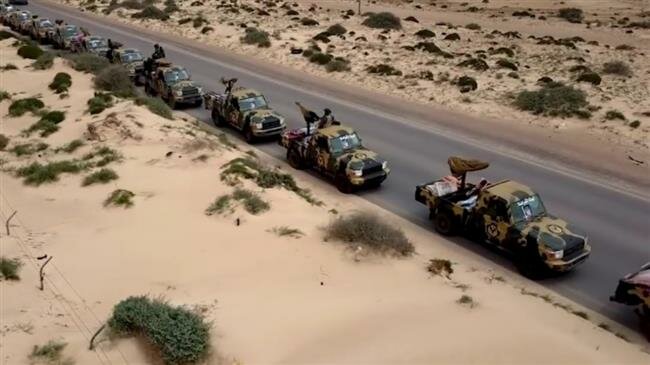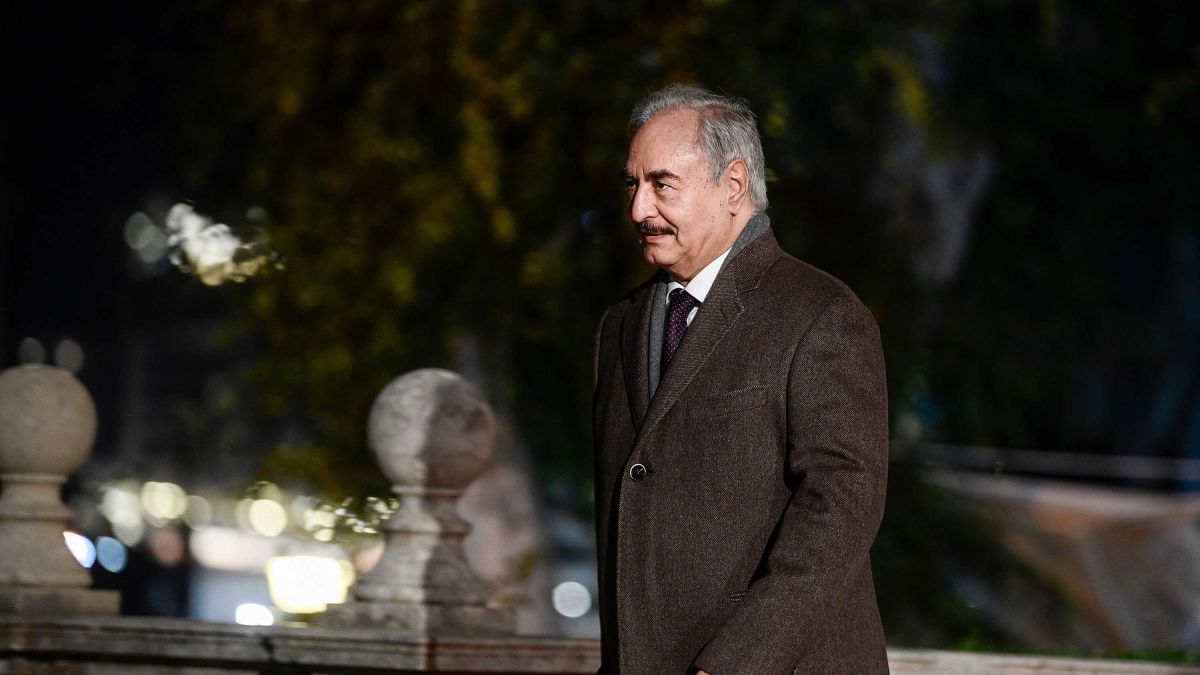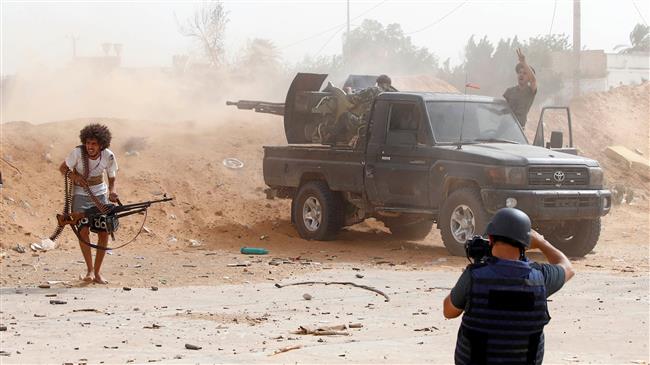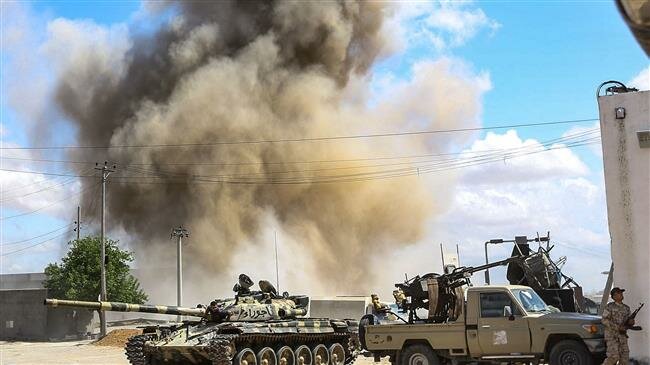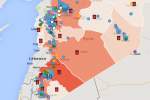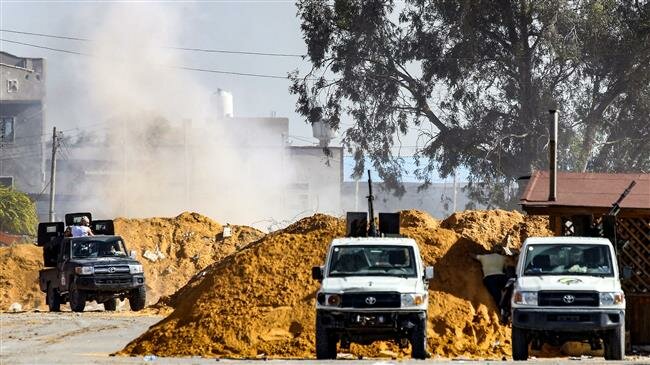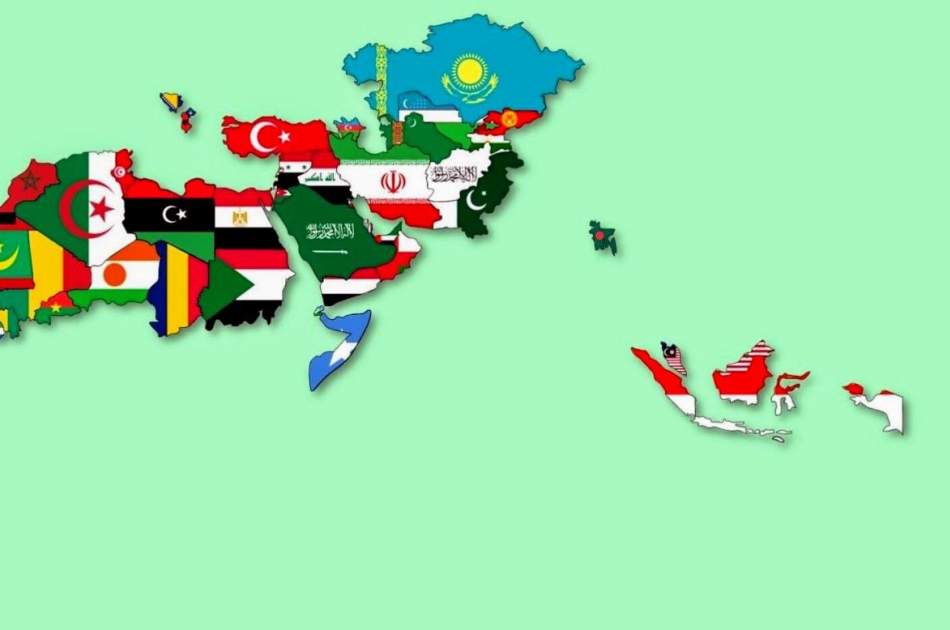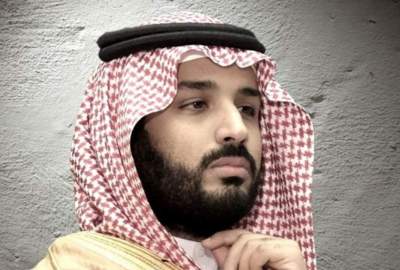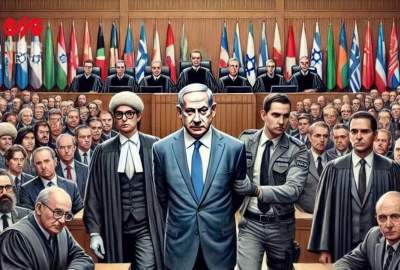AVA- The media office of Haftar’s self-proclaimed Libyan National Army (LNA) announced in a statement on Wednesday that the advance on the country’s west was meant to root out what it called “terrorist groups” in the restive region.
“In fulfillment of his (Haftar’s) orders, several military units moved to the western region to purge the remaining terrorist groups located in their last hideouts,” the LNA said in the statement.
The office also published a video showing a convoy of armored vehicles and pickup trucks with heavy guns mounted on them on a road, which appeared to be on the coastline along the eastern city of Benghazi.
Government issues alert to security forces
The deployment prompted the Tripoli-based Government of National Accord (GNA), administered by Sarraj, to declare a “general alert” to all Libyan army and security forces.
Sarraj said he had ordered pro-government forces to prepare to “face all threats... from terrorist groups, criminals, outlaws, and all who threaten the security of every Libyan city.”
The Tripoli government denounced the move as an “escalation” and called on Haftar’s forces to “stop using the language of threats.”
Additionally, LNA spokesman Ahmed al-Mismari said clashes had erupted between forces loyal to Haftar and those allied to the GNA near Gharyan, a town south of Tripoli.
“Right now, there are clashes south of Tripoli... in Gharyan,” Mismari told Saudi television channel Al-Arabiya on Wednesday evening.
In January, the LNA started a military campaign to take control of Libya’s south and its oilfields.
Haftar’s advance order came less than a month after he met with Sarraj in the United Arab Emirates, where they agreed on ending military operations, peacefully ending transitional phases, and going to elections.
The United Nations is holding a conference this month in the south-western Libyan city of Ghadames to discuss a political solution to the conflict and stabilize the oil-rich North African country.
Libya has been the scene of increasing violence since 2011, when former dictator Muammar Gaddafi was toppled from power after an uprising and a NATO military intervention. His ouster created a huge power vacuum, leading to chaos and the emergence of numerous militant groups.
Libya is now divided between two rival governments — one in the east and another in the west. Haftar is presumably loyal to the one in the east.
“In fulfillment of his (Haftar’s) orders, several military units moved to the western region to purge the remaining terrorist groups located in their last hideouts,” the LNA said in the statement.
The office also published a video showing a convoy of armored vehicles and pickup trucks with heavy guns mounted on them on a road, which appeared to be on the coastline along the eastern city of Benghazi.
Government issues alert to security forces
The deployment prompted the Tripoli-based Government of National Accord (GNA), administered by Sarraj, to declare a “general alert” to all Libyan army and security forces.
Sarraj said he had ordered pro-government forces to prepare to “face all threats... from terrorist groups, criminals, outlaws, and all who threaten the security of every Libyan city.”
The Tripoli government denounced the move as an “escalation” and called on Haftar’s forces to “stop using the language of threats.”
Additionally, LNA spokesman Ahmed al-Mismari said clashes had erupted between forces loyal to Haftar and those allied to the GNA near Gharyan, a town south of Tripoli.
“Right now, there are clashes south of Tripoli... in Gharyan,” Mismari told Saudi television channel Al-Arabiya on Wednesday evening.
In January, the LNA started a military campaign to take control of Libya’s south and its oilfields.
Haftar’s advance order came less than a month after he met with Sarraj in the United Arab Emirates, where they agreed on ending military operations, peacefully ending transitional phases, and going to elections.
The United Nations is holding a conference this month in the south-western Libyan city of Ghadames to discuss a political solution to the conflict and stabilize the oil-rich North African country.
Libya has been the scene of increasing violence since 2011, when former dictator Muammar Gaddafi was toppled from power after an uprising and a NATO military intervention. His ouster created a huge power vacuum, leading to chaos and the emergence of numerous militant groups.
Libya is now divided between two rival governments — one in the east and another in the west. Haftar is presumably loyal to the one in the east.
